How to Launch an Omnichannel Campaign: The Ultimate Guide
If you’re trying to advertise effectively to your audience, you need to make sure you tap into as many channels as possible. Why? According to statistics, marketers who use three or more channels in their campaigns get up to 287% better conversions than marketers who stick to just one channel.

Jan 04 2023●10 min read
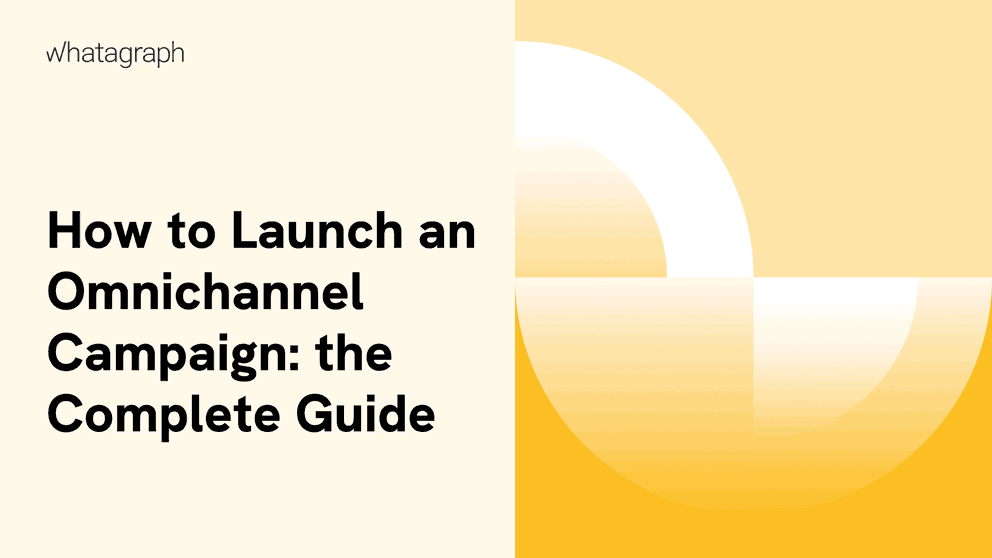
- What is an omnichannel campaign?
- Build an omnichannel presence tailored to your target audience
- Build brand recall throughout your omnichannel campaign
- Find tools to make the execution of your omnichannel campaign easier
- Analyze your results and gain the right insights for your next omnichannel campaign
- Wrapping up
Omnichannel marketing does not simply lead to higher conversions, it also helps retain 89% of customers compared to businesses with a weak omnichannel presence.
Being omnipresent while maintaining brand consistency cannot be emphasized enough, because it builds trust and creates brand recall that helps a customer feel confident in their purchase decision.
Remember, it is not necessary that your customer will purchase your product or service immediately. By constantly providing them with information about your product across multiple touchpoints, you create a sense of familiarity that pays off in spades later down the road.
If you are looking for ways to improve your marketing ROI, tap into a larger market or improve retention rates, you must incorporate an omnichannel marketing strategy in your campaigns.
In this guide, we will take a deep dive into omnichannel campaigns: what they are, how you can launch one, how to monitor your results, and what tools you need to launch a successful omnichannel campaign.
What is an omnichannel campaign?
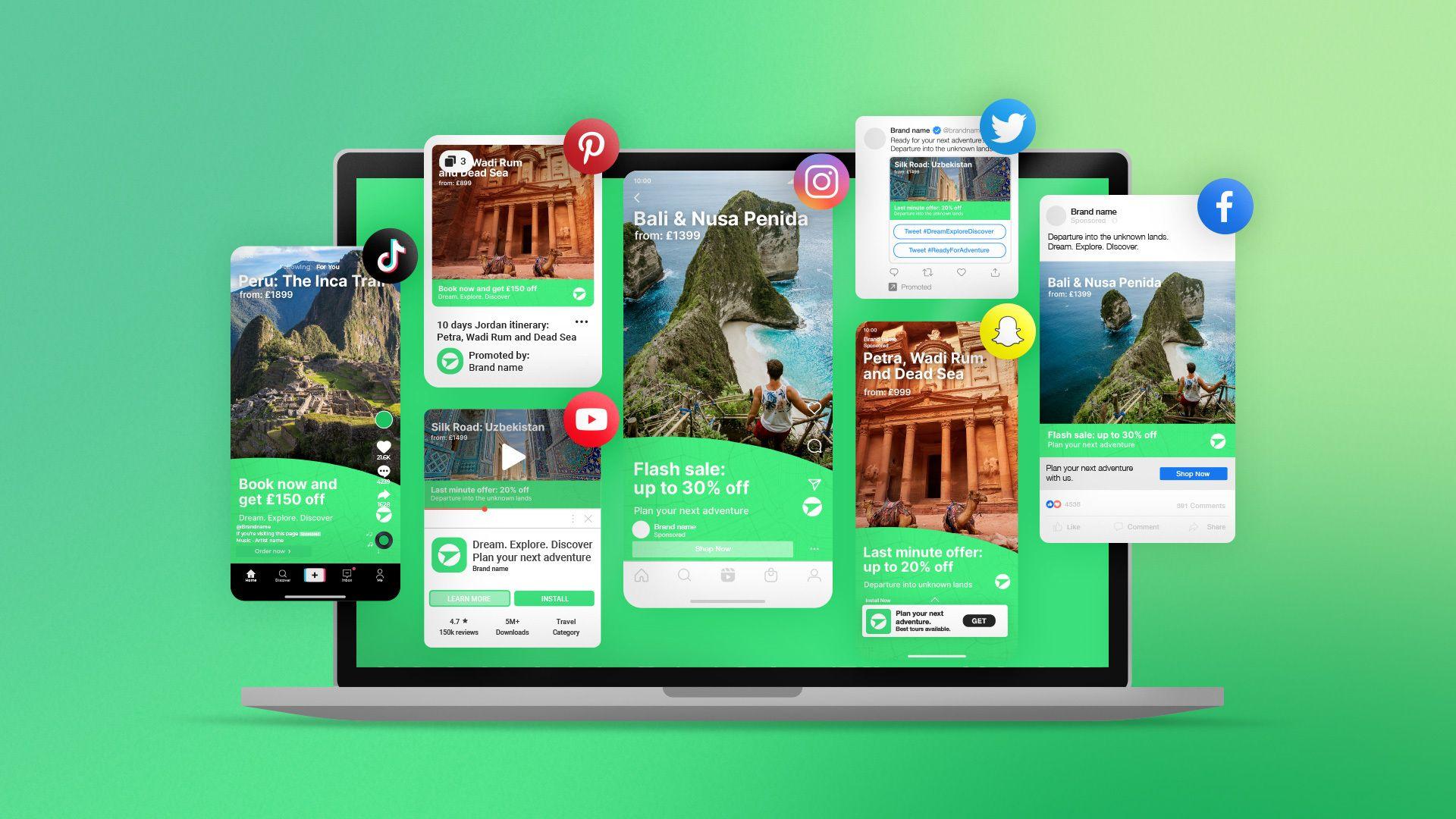
An omnichannel campaign is a marketing campaign that communicates a brand's product or value proposition across multiple touch points. This could include different social media platforms (such as Facebook, TikTok, and Instagram) or different marketing channels altogether (email, paid media, webinars.) After a campaign is launched, it is also common practice to collect information via analytics and reports to improve future results for a business.
A key difference between an “omnichannel campaign” and a “multichannel campaign” is that an omnichannel campaign offers an integrated experience across platforms instead of simply displaying the exact same ad or messaging in different places.
An omnichannel campaign offers different content based on the channel it is being displayed on. For example, you wouldn't want to share a wall of text on a visual platform like YouTube or TikTok, and similarly, you wouldn’t want to share just a clever one-liner for the emails you send out!
An important component of an omnichannel campaign is tailoring your messaging according to different parts of the customer journey and the platform itself. Keeping track of the data you collect during an omnichannel campaign is a fundamental part of the process as well since it ensures that your future campaigns are even more effective.
Now that you understand what an omnichannel campaign is, let’s explain how to launch an omnichannel campaign from start to finish!
Build an omnichannel presence tailored to your target audience
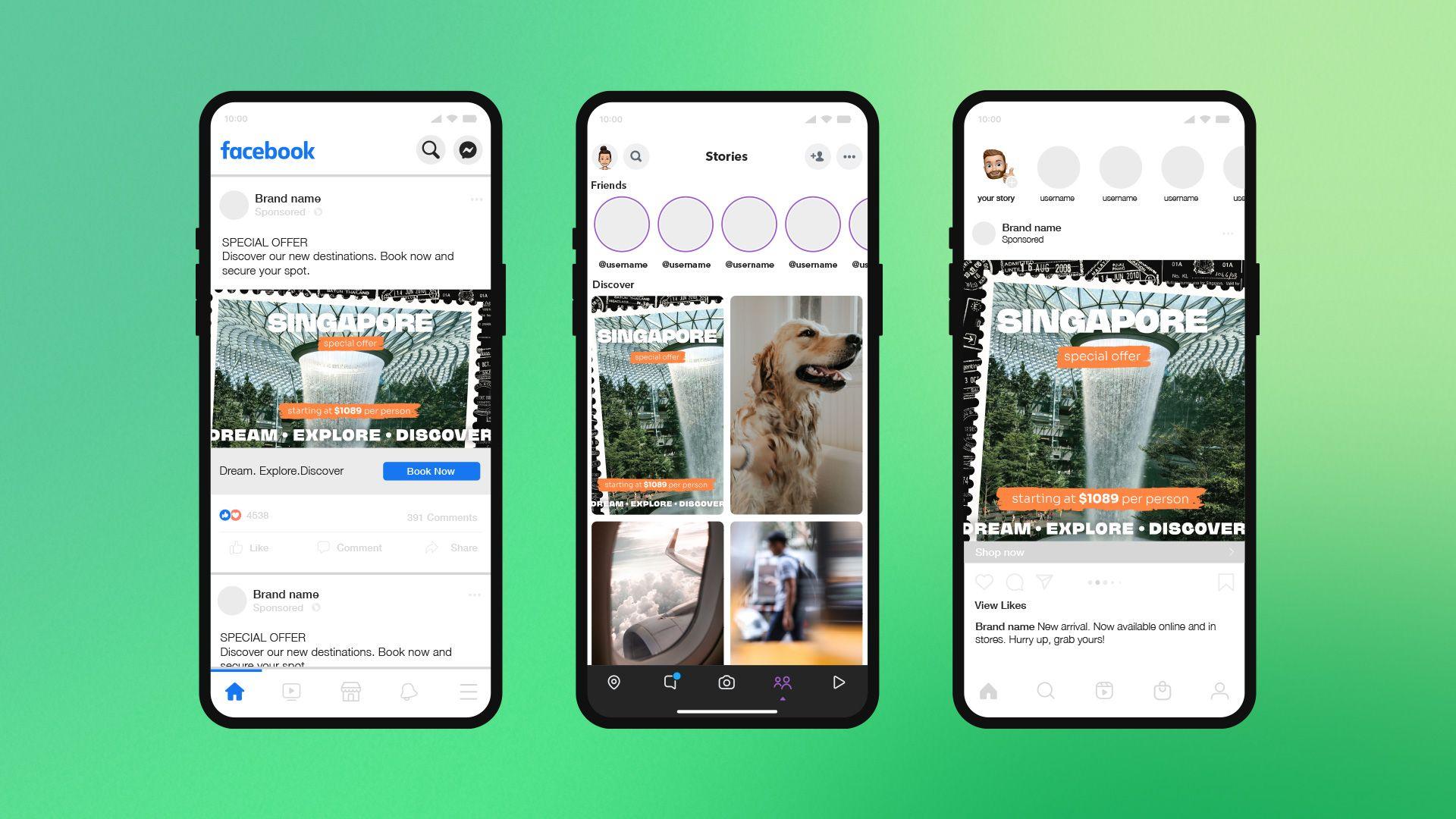
First things first: If you want to communicate with your customers effectively, you need to know where they spend their time. You must understand their behavior: What products do they keep coming back to? Which platforms are they most active on? What kind of message is best suited for which platform?
This preliminary research is crucial to planning the most effective marketing strategy possible. After collecting this information about your audience, you must segment your marketing communication accordingly.
For example, if your target audience consists of young millennials or Gen Z, you should allocate a higher budget towards platforms like TikTok and Instagram versus Facebook. You can even opt for automated reporting tools which help you gather such data effectively.
The question is: how can you conduct this preliminary research? Well, there are a few ways. You can use analytics tools to see which channels are driving the most traffic to your website. This can give you an idea of where your audience is spending their time online. You can also ask your existing customers or target audience about their preferred channels for engaging with brands. You can use tools like Google Forms or SurveyMonkey to create and distribute surveys or conduct interviews in person or via video call.
Another option is to look for industry research or case studies that provide insights into where your target audience spends their time online. This can help you get a sense of the most popular channels within your industry or target market.
These are just some ideas to get you going! As you collect information, you can fine-tune your findings into developing a cohesive strategy. Most importantly - remember to experiment and take risks. There is no magic bullet, and most marketers see the best results from trial and error.
Build brand recall throughout your omnichannel campaign
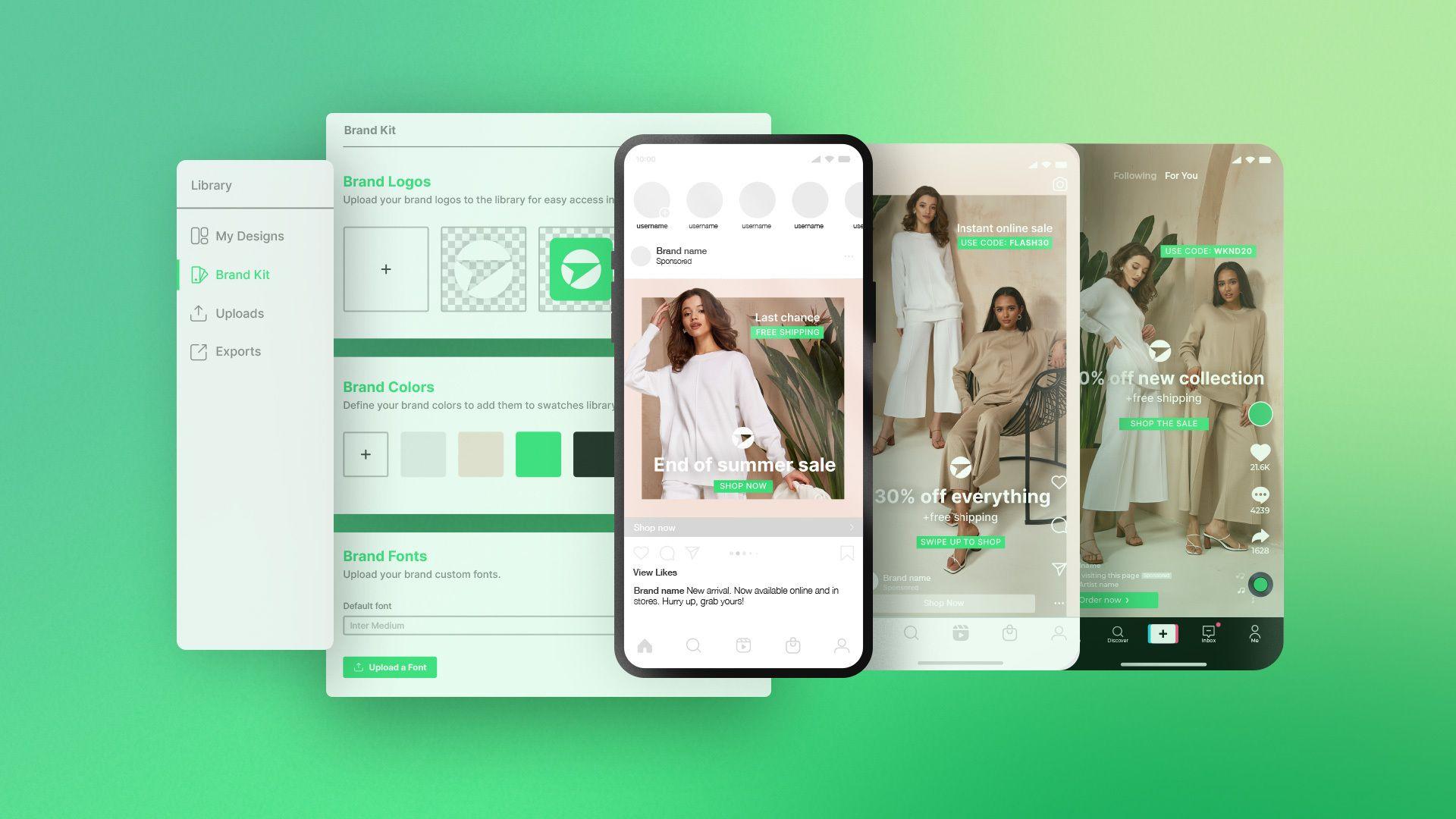
As mentioned earlier, you must focus on creating a cohesive and integrated marketing campaign across different channels instead of simply slapping on the same content on different platforms.
In order to make your brand recognizable in an omnichannel marketing campaign, there are a few key steps you can take:
- Develop a strong brand identity: This includes creating a cohesive brand message, logo, and visual aesthetic that is consistent across all channels. This will help customers easily recognize and remember your brand.
- Create high-quality content: Aside from developing creatives, you need to have solid content on your owned channels (such as your website) so that you have authority in the minds of your audience. Create engaging and informative content that showcases your brand's values and personality. This could include blog posts, social media posts, and newsletters.
- Use paid social effectively: Social media is a powerful tool for building brand recognition. Make sure to regularly post engaging content, respond to customer inquiries and comments, and use relevant hashtags to increase visibility. Aside from this, make sure you are running relevant social media ads that are both eye-catching and provide real value.
- Utilize email marketing: Email marketing is a great way to stay in touch with customers and promote your brand. Make sure to create a visually appealing email template and include a clear call to action in every email.
- Establish brand consistency: Ensure that your messaging, fonts, tone, and brand colors are all consistent across different channels despite sharing different content on each platform. This is crucial for building an image of your brand in the minds of your audience.
By taking these steps, you can effectively build brand recognition and establish a strong presence in an omnichannel marketing campaign. It's important to be consistent and strategic in your efforts and to always prioritize the needs and interests of your customers.
Find tools to make the execution of your omnichannel campaign easier

You may already have an idea of the steps above, but the execution of such tasks can be daunting, especially if you are a small team or an agency. Without the aid of tools, you are likely to have issues such as long turnaround times, having to train and hire a large number of workers, and of course, the high costs of running such a campaign. There are a few key tools that can help make your job easier:
- Customer Relationship Management (CRM) software: This type of software helps businesses manage and analyze customer interactions and data throughout the customer lifecycle, with the goal of improving business relationships and driving sales growth. CRM tools can be handy for managing omnichannel campaigns, as they allow businesses to track customer interactions across multiple channels and create personalized marketing campaigns.
- Creative automation software: Launching an omnichannel campaign means creating thousands of ad variants while maintaining brand consistency. A creative automation tool takes care of the creative generation process at a speed that is not possible using manual methods such as hiring designers. Furthermore, the likelihood of any errors during your omnichannel campaign is effectively eliminated because the software takes care of everything.
- Analytics and reporting tools: These tools help businesses track and analyze the performance of their marketing campaigns across multiple channels. They can be used to measure key metrics such as website traffic, social media engagement, and conversion rates, and to identify areas for improvement.
- Project management software: This type of software helps businesses plan, track, and organize their marketing campaigns. It can be used to create and assign tasks, set deadlines, and track progress.
- Social media management software: This type of software helps businesses manage and track their social media marketing efforts. It can be used to schedule and publish social media posts and engage with followers across multiple social media platforms. The best part is, you can integrate SMM software with your creative automation and analytics platform for a seamless publishing experience.
Personalizing your creatives is one of the most crucial aspects of running an omnichannel campaign - not only does it create a sense of familiarity, but it is also a proven way to increase conversions. Personalized creatives can enhance the overall customer experience by making the marketing message feel more targeted and relevant to the individual too.
However, it is an extremely time-consuming task with a high probability of errors. That’s why leveraging a platform that enables you to generate personalized creatives at scale is a game changer.
Make sure you use the above-mentioned tools effectively to reach and engage with your target audience across multiple channels. By using a combination of these tools, businesses can create a cohesive, integrated marketing strategy that delivers results.
Analyze your results and gain the right insights for your next omnichannel campaign
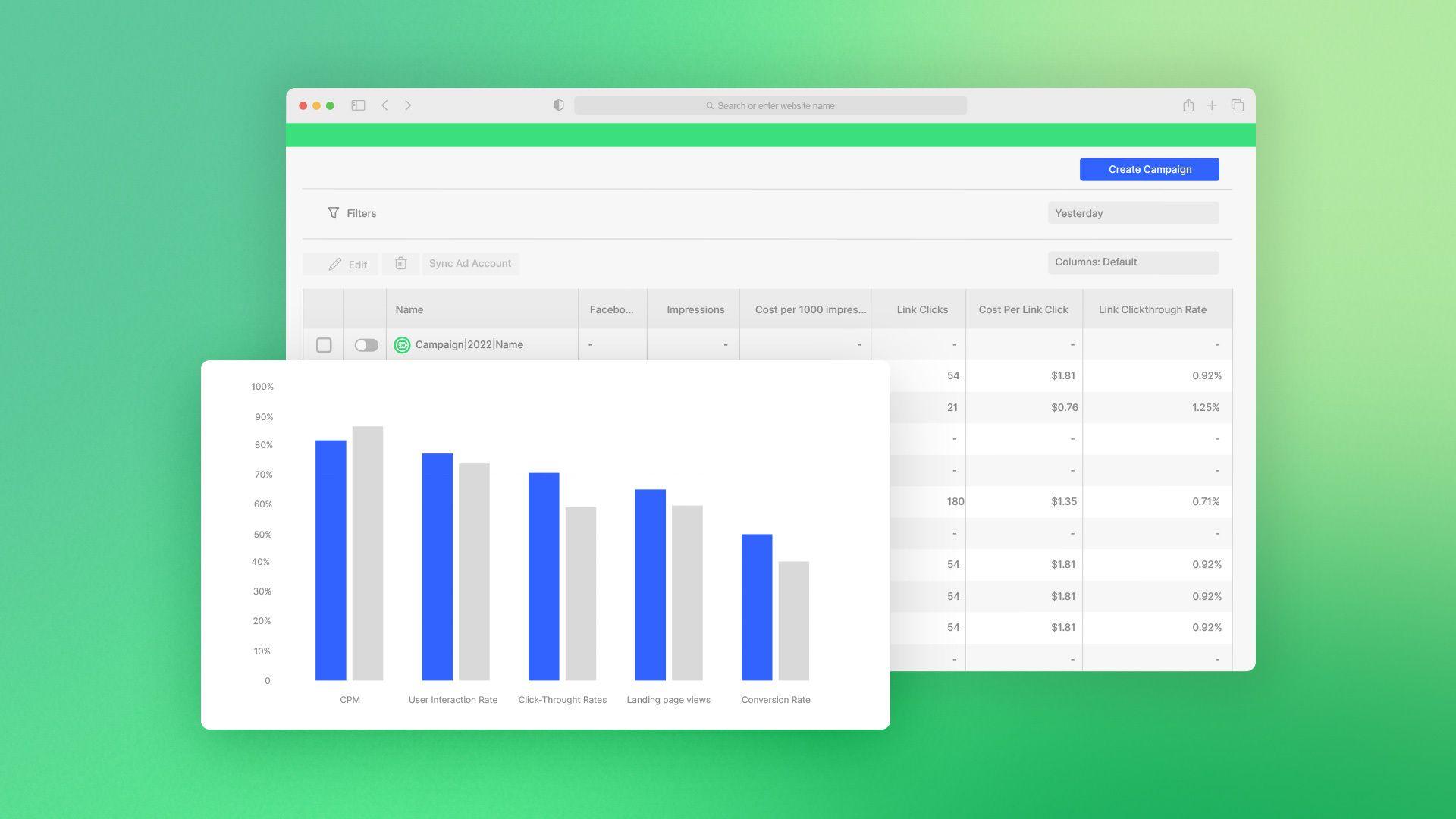
Your campaign is likely to do well if you have done your research and planned well. However, nobody is perfect and there is always room for improvement.
If you want to make sure that your campaigns do better in the future or you simply want to optimize the current campaign you are running, you must collect data and analyze results.
If you don’t, there is a high probability that you may run into the same issues or achieve mediocre results. Of course, manually crunching through data and drawing insights is a tedious process that we do not recommend for any business. This is where automated reporting can be a game changer for your business.
Data automation can help you measure the results of an omnichannel campaign by providing you with real-time data and insights on the performance of your campaign across all channels. This can include metrics such as website traffic, engagement rates, conversion rates, and revenue generated.
With automated reporting, you can easily track the success of your campaign and identify areas for improvement, such as which channels are performing well and which ones may need more attention. This can help you optimize your campaign for better results and make more informed decisions about your marketing strategy.
Additionally, automated reporting can save you time and effort by automating the process of collecting and organizing data from multiple channels, allowing you to focus on analyzing and using the data to drive better results.
With Whatagraph, you can easily build customizable cross-channel reports in a matter of minutes. If you are running campaigns for your clients, they will be delighted at how informative and actionable the data is. And the best part is - your effort is greatly reduced. Thanks to features such as pre-made templates and multiple data source integrations you can send beautiful reports that are both impactful and easy to understand.
Wrapping up
We hope you found this guide to be helpful. As stated earlier, it is important to experiment, be patient, and do your due diligence to ensure that you are running your campaign according to the goals you have in mind. Depending on the budget of your campaign, the resources you have available and the time frame involved you must adjust your expectations accordingly.
Good luck with launching your omnichannel marketing campaign!

WRITTEN BY
Mile ZivkovicMile is the ex-Head of Content at Whatagraph. A marketing heavy with almost a decade of SaaS industry experience, Mile has managed multiple content marketing teams without losing an ounce of his writing passion.